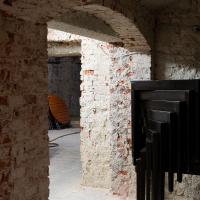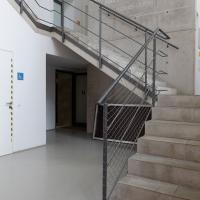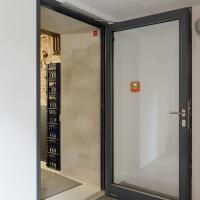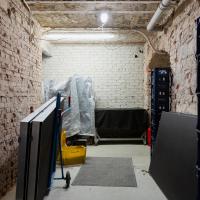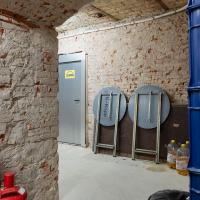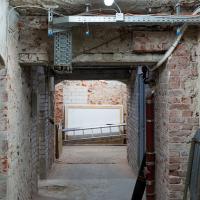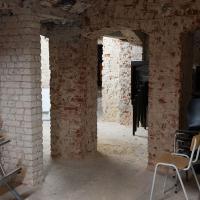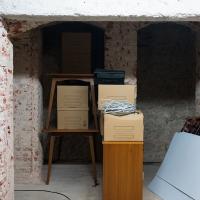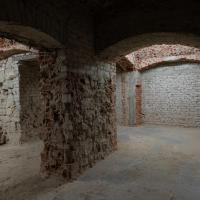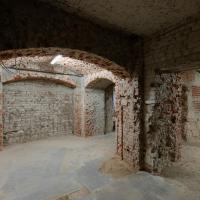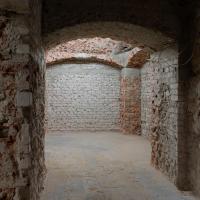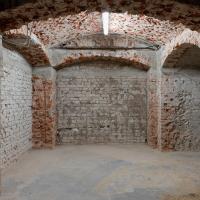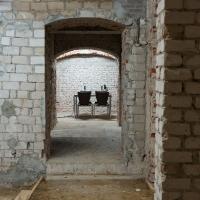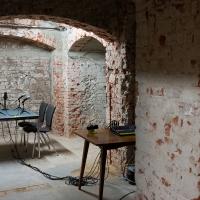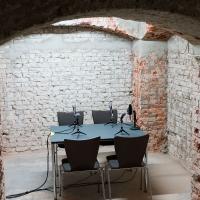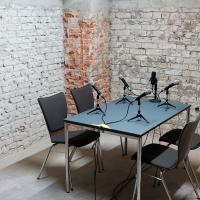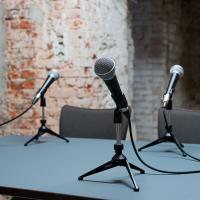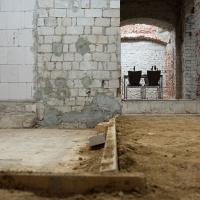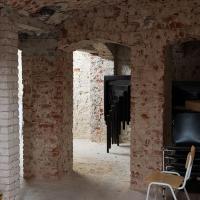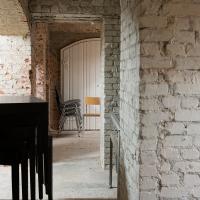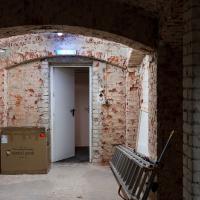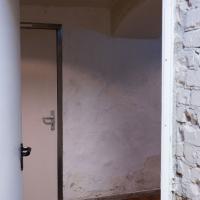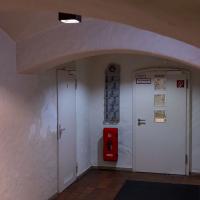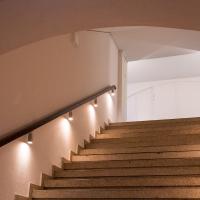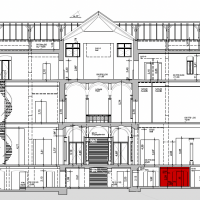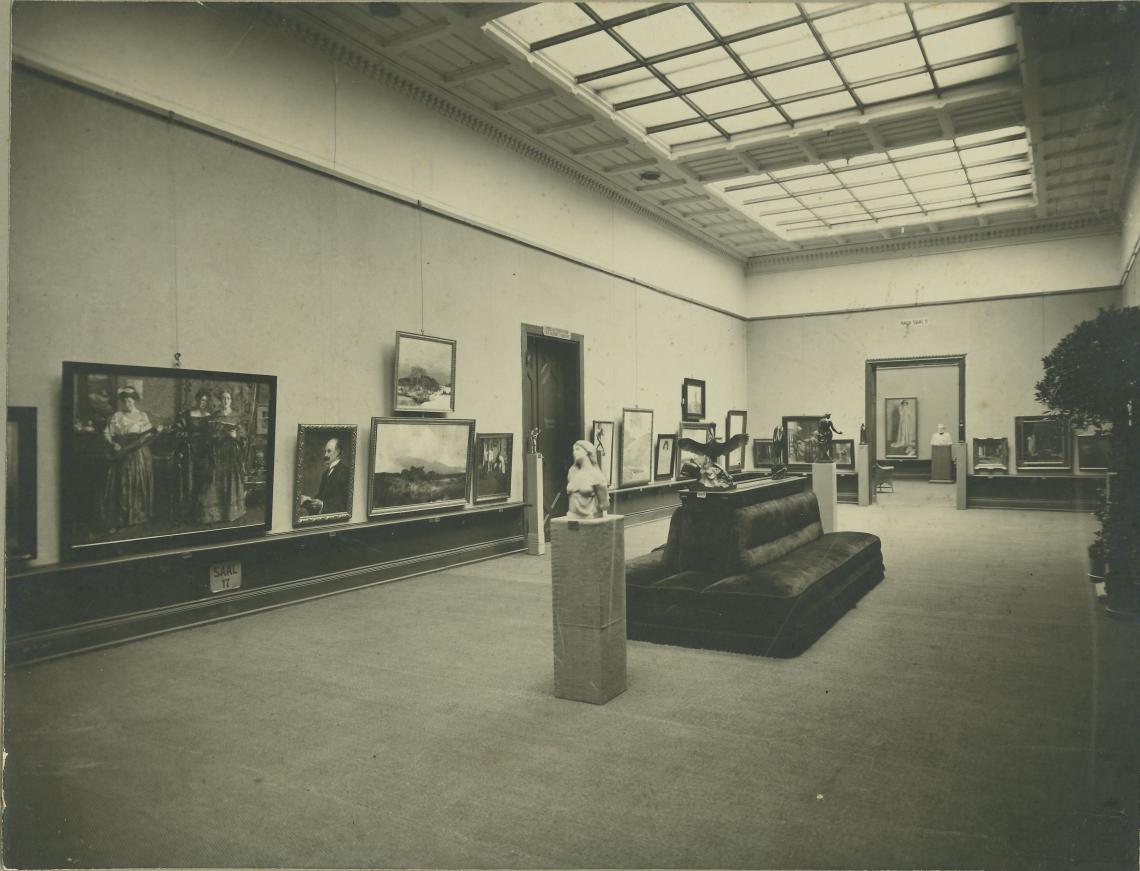
Kunstverein Hannover – fostering critical engagement of and through art since 1832
Founded in 1832 by engaged citizens, the Kunstverein Hannover e.V. is one of the oldest institutions for contemporary art in the German-speaking world. Since its inception, it has pursued the goal not only of exhibiting art, but of negotiating it as a social, aesthetic, and cultural space of experience together with artists and visitors. The Kunstverein serves as an independent platform for current artistic practice—locally rooted, firmly established, and internationally oriented.
An active network of around 1,500 members, a dedicated honorary board of directors and advisory board, as well as numerous supporters sustain the work of the institution. This community is not merely a sponsor of the Kunstverein but constitutes its very foundation.
Situated in the historic Künstlerhaus in the center of Hannover, the Kunstverein develops its program through exhibitions, events, publications, and educational projects. Exhibitions are realized in close collaboration with artists, often as site-specific productions. Approximately four large-scale exhibitions per year—supplemented by the long-standing residency program, discursive formats, and local collaborations—shape the annual program.
Directors of the Kunstverein Hannover have included: Christoph Platz-Gallus (since 2022); Kathleen Rahn (2014–2022); René Zechlin (2008–2014); Stephan Berg (2001–2008); Eckhard Schneider (1990–2000); Katrin Sello (1976–1990); Helmut R. Leppien (1972–1975); Manfred de la Motte (1969–1972); and Rudolf Jüdes (1966–1969).
The Kunstverein Hannover understands exhibitions as engines for institutional development. Since 2022, under the direction of Christoph Platz-Gallus, new formats have been introduced that inscribe questions of inclusion, sustainability, and knowledge transfer into the very structure of the institution. Projects such as the Academy of Life Experience (since 2023), the long-term project Living Archive (since 2023), the initiative Green Kunstverein (since 2025), and institutional accessibility measures developed since The Myth of Normal (2024) reflect art not merely as object or event, but as a membrane connected to diverse social milieus within an ecology of poetic interaction.
An Exhibition for Children (and Other People) (2025), curated by Turner Prize laureate Jeremy Deller, exemplifies this approach: bringing together conceptually driven artistic positions of the past 40 years that employ playful strategies to rethink questions of reception, participation, and education.
Since the exhibition The Myth of Normal (2023), the Kunstverein Hannover has pursued a comprehensive strategy for participation and accessibility, one that takes sensory, linguistic, and social barriers seriously—and actively dismantles them.
A tactile guidance system, developed by artist Peter Schloss, leads visitors through all exhibitions and to haptic QR codes. Audio descriptions and materials in plain language are now integral components of every presentation at the Kunstverein Hannover.
Audience development here is understood literally: Audiences actively develop (the institution) further. Visitor groups and individual visitors continue to shape and evolve the institution’s work. For only that which is truly accessible has the power to resonate.

